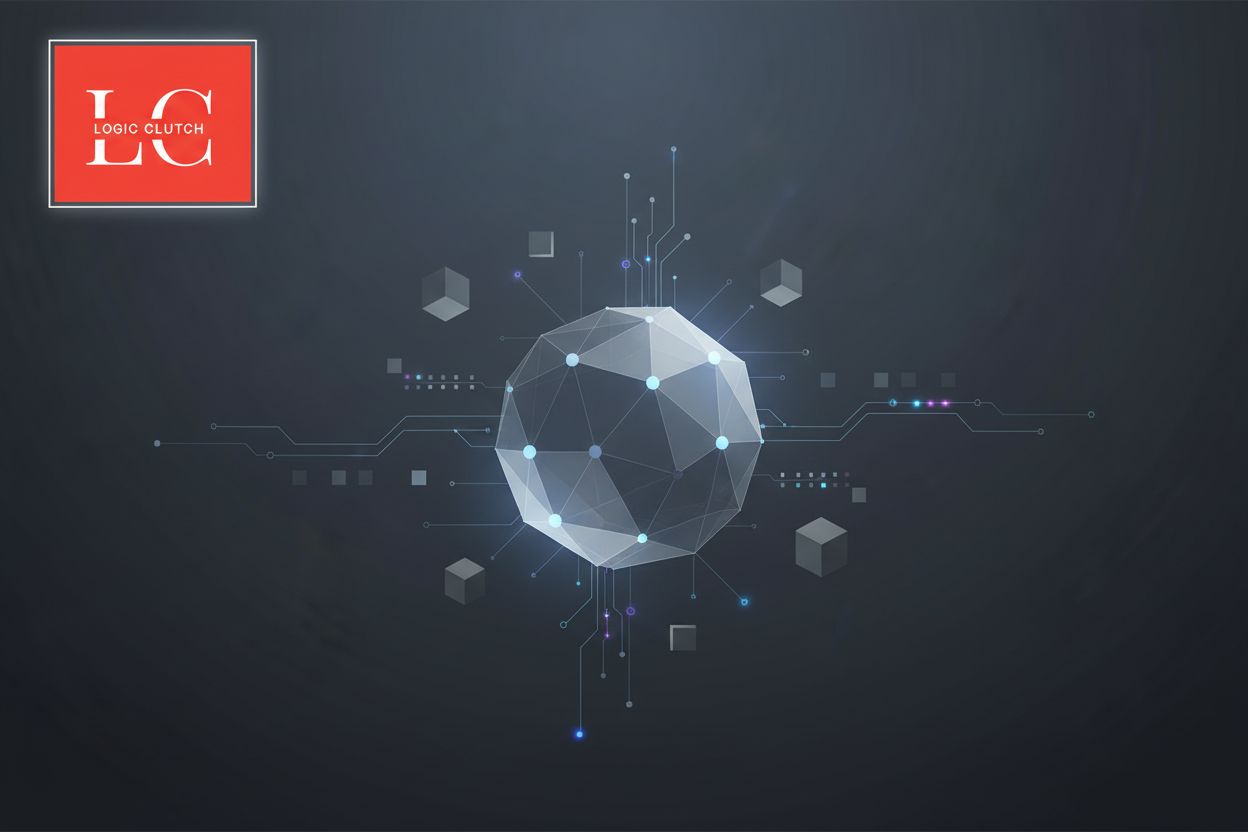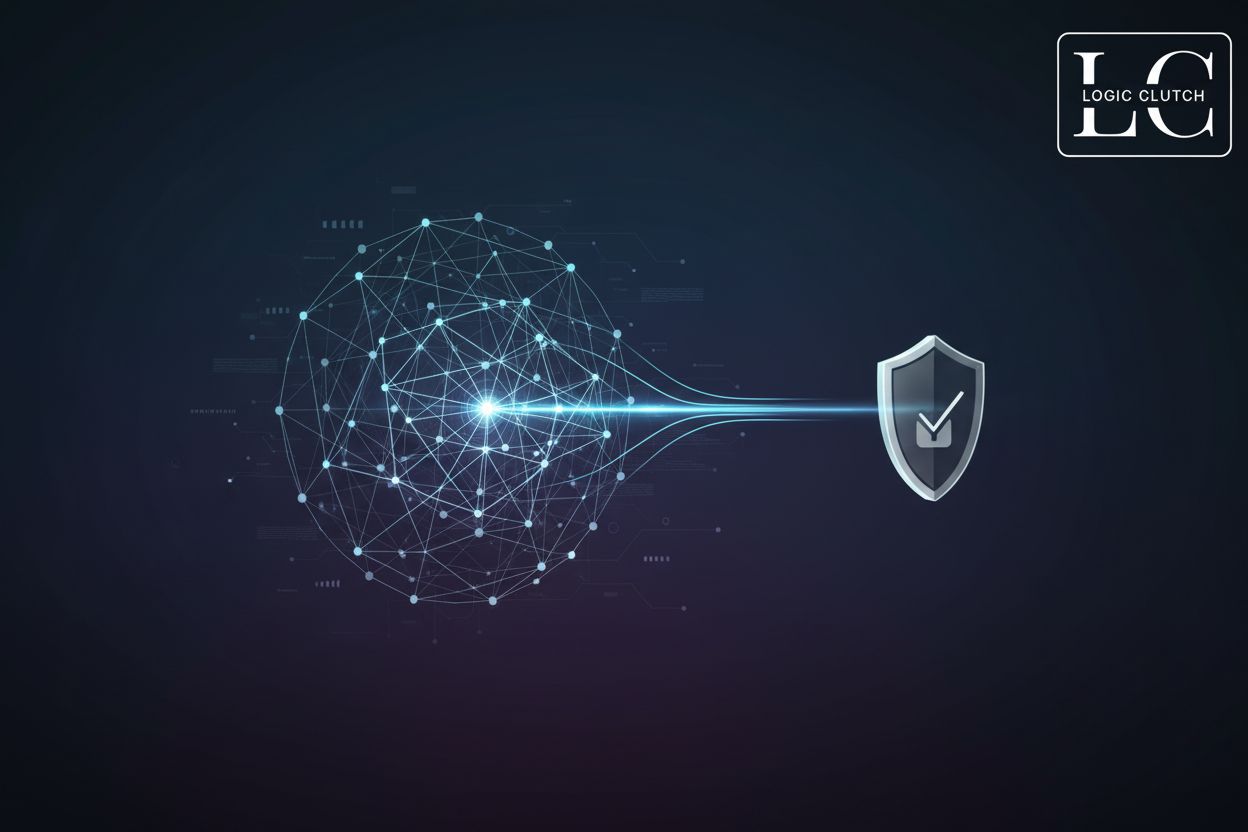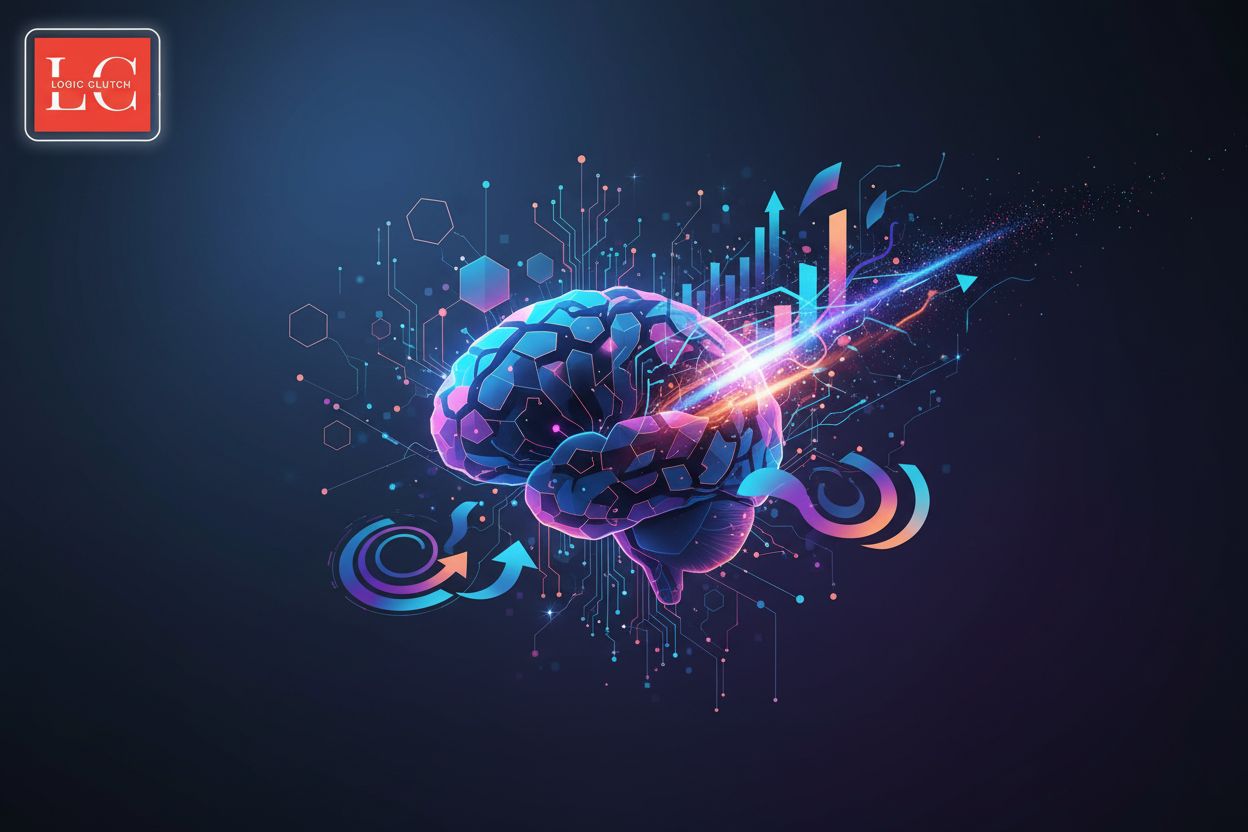Securing Tomorrow: A Practical Guide to Quantum-Resistant Cryptography for Enterprises
TL;DR
The Looming Quantum Threat: Why Enterprises Need to Act Now
The quantum revolution is on the horizon, promising unprecedented computational power. However, this progress casts a shadow over current encryption methods, potentially exposing sensitive enterprise data.
Quantum computers could break the complex mathematical problems that underpin today's public-key cryptography. Algorithms like RSA and Elliptic Curve Cryptography (ECC), widely used for secure communications, become vulnerable. This necessitates a shift towards quantum-resistant cryptography (QRC).
The threat extends beyond immediate decryption. The "harvest now, decrypt later" scenario means that data intercepted today could be decrypted once quantum computers become powerful enough. Sectors with long-term confidentiality needs, such as healthcare and finance, face significant risk.
Enterprises should act faster than government timelines for QRC adoption. As CSO Online reports, state actors are expected to achieve quantum capabilities at scale by 2028. Delaying action poses significant risks to long-term data security and competitive advantage.
- Assess cryptographic agility. Organizations need to identify vulnerable algorithms and data protection risks.
- Prioritize critical assets. Start migrating the most valuable data and those with long shelf lives to QRC.
- Implement quantum-resistant algorithms. NIST has already released three approaches to quantum-resistant cryptography, including lattice-based and hash-based algorithms NIST.
As the quantum threat looms, understanding the risks and actively preparing for QRC is crucial. Next, we'll delve into understanding Cryptographically Relevant Quantum Computers (CRQC).
Decoding Encryption: Symmetric vs. Asymmetric and Quantum Vulnerabilities
Today's encryption methods, while robust, face an existential threat from the rise of quantum computing. Understanding the basics of encryption and their vulnerabilities is the first step in preparing for a quantum future.
Symmetric encryption uses a single, shared key for both encryption and decryption. This method is fast but requires secure key exchange. In contrast, asymmetric encryption uses a pair of keys: a public key for encryption and a private key for decryption.
Asymmetric encryption is more secure but slower. Standard protocols often combine both such as Transport Layer Security (TLS). TLS combines public key (asymmetric) and symmetric key algorithms to secure communications.
Quantum computers pose a significant threat to current cryptographic systems. Here are the main threats:
- Shor's algorithm: This quantum algorithm can efficiently factorize large numbers, breaking many public-key cryptosystems like RSA and ECC.
- Grover's algorithm: While it doesn't break symmetric encryption directly, Grover's algorithm can speed up brute-force attacks, effectively reducing key sizes.
- Authentication schemes: Authentication schemes with public key signatures are also at risk of the same attacks. Message authentication code, or MAC, and authenticated encryption with associated data (AEAD) modes in these schemes are at risk of an attack by Grover’s algorithm.
Consider a healthcare provider using RSA to encrypt patient data. A quantum computer running Shor's algorithm could decrypt these records, exposing sensitive health information. Similarly, e-commerce platforms using AES encryption might become vulnerable to faster brute-force attacks, compromising customer data. As noted earlier, it is crucial to begin planning to replace hardware, software, and services that use public-key algorithms now so that information is protected from the future quantum threat.
The race is on to develop and implement quantum-resistant cryptography (QRC). These new methods aim to withstand attacks from quantum computers, ensuring long-term data security. The American public agency, The National Institute of Standards and Technology (NIST), has been developing classical encryption standards designed against quantum computing, such as Shor’s and Grover’s algorithms, and the official standards will likely be published in 2024.
Next, we'll explore the current status of Cryptographically Relevant Quantum Computers (CRQC).
Post-Quantum Cryptography (PQC): Building a Quantum-Safe Future
Is your data safe from a future quantum attack? The rise of quantum computing threatens current encryption, compelling enterprises to adopt Post-Quantum Cryptography (PQC) now.
The American public agency, The National Institute of Standards and Technology (NIST), has been developing classical encryption standards designed against quantum computing, such as Shor’s and Grover’s algorithms. The official standards will likely be published in 2024, as mentioned earlier. For institutions to adopt or experiment with PQC encryptions, it is advisable to have a crypto-agile information security system right now.
It's essential to understand the fundamental differences between quantum cryptography and post-quantum cryptography. The PQC standards are classical algorithms designed to combat quantum decryption. In contrast, quantum cryptography uses quantum computation and technologies like Quantum Key Distribution (QKD) to ensure safety against quantum attacks, requiring a reliable quantum infrastructure.
Here are several categories of quantum-resistant cryptographic techniques:
- Lattice-Based Cryptography: Security in lattice-based schemes relies on the difficulty of problems like the Shortest Vector Problem (SVP) and Learning with Errors (LWE). Notable examples include NTRUEncrypt and Kyber.
- Code-Based Cryptography: The McEliece cryptosystem relies on the intractability of the information-set decoding problem, believed to resist quantum attacks.
- Multivariate Polynomial Cryptography (MPC): The complexity of MPC originates in the difficulty of solving multivariate polynomial equations and may offer quantum resistance.
- Hash-Based Cryptography: Cryptographic techniques like hash-based digital signatures and Merkle trees are considered post-quantum secure.
- Supersingular Isogeny Diffie-Hellman (SIDH): SIDH is built on elliptic curves and isogenies and is believed to resist quantum attacks.
Ready to build a quantum-safe future? Next, we'll explore the current status of Cryptographically Relevant Quantum Computers (CRQC).
LogicClutch's Guide to Implementation: A Four-Step Action Plan
Quantum computers are no longer a distant threat; they're rapidly approaching, and your data is at risk. Migrating to quantum-resistant cryptography (QRC) is a multi-step process that requires careful planning and execution.
Here's a four-step action plan to help your enterprise implement QRC and secure your data against future quantum attacks.
Embrace Crypto-Agility: Cultivate a security posture that allows you to quickly adapt to new cryptographic standards. A crypto-agile system can switch between multiple security standards and encryption algorithms, regardless of key size or signature. It is advisable for institutions to adopt or experiment with PQC encryptions, as mentioned earlier.
Undertake a Quantum Risk Assessment: Understanding your vulnerabilities is the first step in defense. Perform a complete audit of your network and partner ecosystem to pinpoint areas susceptible to quantum decryption. Prioritize business-critical infrastructure and implement Zero Trust principles to secure all entry points.
Protect Applications with Quantum Random Number Generation: Improve your encryption's foundation by using Quantum Random Number Generators (QRNGs). QRNGs leverage quantum physics to generate high levels of randomness, enhancing the strength of encryption algorithms. They are vital for securing cloud computing and Internet of Things (IoT) devices.
- Implement Quantum Resistant Algorithms: Combine classical and Post-Quantum Cryptography (PQC) algorithms in a hybrid system. This approach provides dual security, protecting against both quantum decryption and unforeseen classical exploits. NIST has released three approaches to beginning the journey to quantum-resistant cryptography, as mentioned earlier.
The transition to QRC is an investment in long-term data security. By taking these steps, your enterprise can navigate the quantum threat landscape with confidence. Next, we'll delve into how LogicClutch can assist your enterprise in this crucial transition.
Navigating the Transition: Challenges and Best Practices
The shift to quantum-resistant cryptography presents hurdles, but proactive measures can ensure a smoother transition. Let’s explore key challenges and best practices for enterprises.
Standardized post-quantum cryptographic algorithms are vital for widespread acceptance. Frameworks from organizations like NIST provide guidelines for consistent security measures. This ensures different systems can communicate securely, regardless of the underlying quantum-resistant algorithms.
Some quantum-resistant algorithms require significant computational power. Researchers optimize these algorithms to maintain performance in real-world applications. Adequate memory and entropy are also crucial for efficient operation.
The transition from classical to quantum-resistant cryptography is complex. Organizations must carefully plan and execute the shift, phasing out old systems while implementing new ones.
Data intercepted today could be decrypted later by quantum computers. This impacts sensitive information, including government, healthcare, and financial data. Adopting quantum-resistant cryptography now is crucial to protect against “harvest now, decrypt later” attacks.
As we prepare for a quantum-safe future, the next section explores how LogicClutch can assist your enterprise in this transition.
The Future of Security: Embracing Quantum-Resistant Cryptography Today
Quantum computers pose a looming threat, but proactive steps now can safeguard your data. Embracing quantum-resistant cryptography is not just a future consideration, it’s a present-day necessity.
Here's how to embrace a security-first mindset:
- Assess vulnerabilities. Identify algorithms and data at risk. Financial firms, for example, must protect sensitive transaction records.
- Prioritize critical assets. Start with data needing long-term protection. Healthcare providers should prioritize patient records, as mentioned earlier.
- Implement quantum-resistant algorithms. NIST released approaches to quantum-resistant cryptography NIST.
Taking action today is paramount. Quantum-resistant solutions enhance data security as the quantum landscape evolves.






